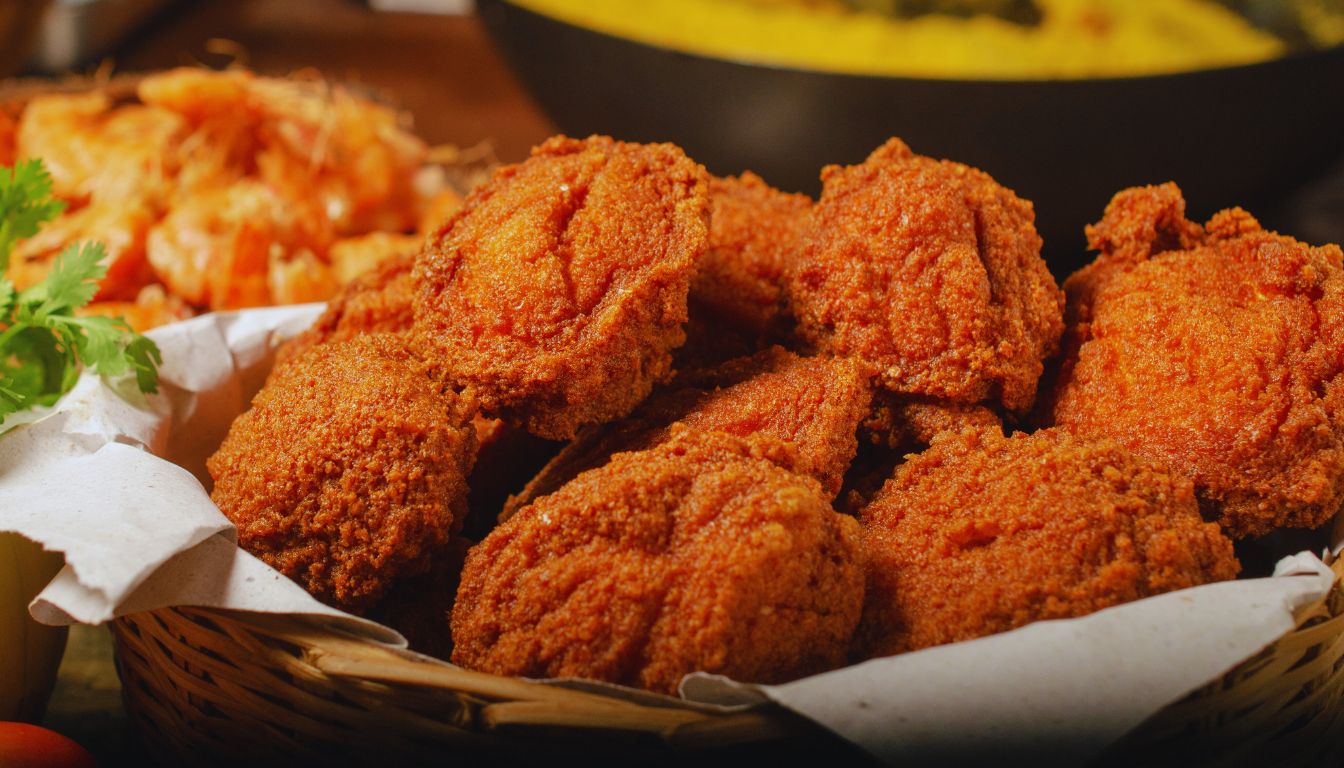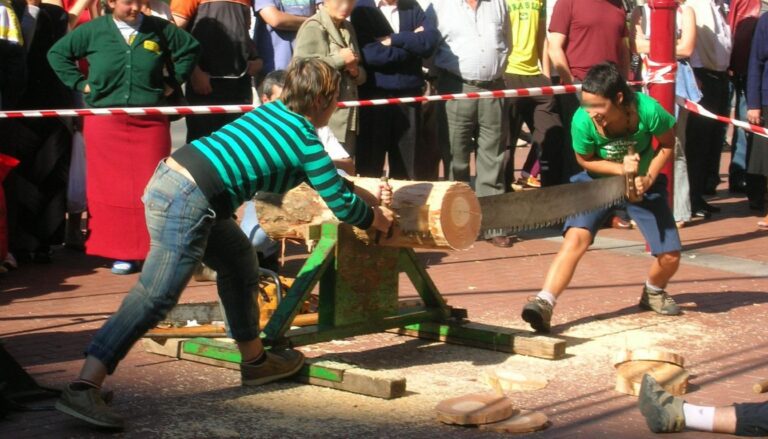Acarajé, Salvador Brazil
In the vibrant streets of Salvador da Bahia, where African drums echo through colonial squares and the scent of palm oil fills the air, the Baianas de Acarajé stand as living monuments to Brazil’s rich Afro-Brazilian heritage. Their pristine white dresses and intricate head wraps frame the ritual preparation of Acarajé, a sacred black-eyed pea fritter that transcends mere street food to become a spiritual connection between Brazil and West Africa. This cherished delicacy, recognized by UNESCO as part of Brazil’s cultural heritage, tells a story of resilience, faith, and the enduring legacy of African culture in the Americas.
Table of Contents
Origins and History
The story of Acarajé is deeply intertwined with the history of enslaved West Africans in Brazil:
- Originated from the Yoruba people’s Akara
- Brought to Brazil during the transatlantic slave trade
- Associated with the Candomblé religious tradition
- Originally served as offerings to the deity Iansã
- Became a source of economic independence for Black women
- UNESCO recognized Baianas de Acarajé as cultural heritage in 2012
Cultural Significance
Acarajé represents far more than food in Salvador’s cultural landscape:
- Embodies the sacred connection between food and spirituality
- Symbolizes female empowerment and entrepreneurship
- Represents resistance and preservation of African heritage
- Serves as a crucial element in religious ceremonies
- Functions as a vital part of Bahian identity
- Provides economic sustainability for traditional vendors
Ingredients and Preparation
The preparation of Acarajé is a sacred art passed down through generations:
Essential Ingredients:
- Black-eyed peas
- Dendê (red palm oil)
- Onions
- Brazilian sea salt
- Dried shrimp
- Vatapá (traditional paste)
- Caruru (okra paste)
- Fresh tomato salad
Traditional Preparation Process:
- Beans soaked and peeled by hand
- Ground into a smooth paste
- Seasoned with onions and salt
- Whipped to incorporate air
- Shaped into oval forms
- Deep-fried in dendê oil
- Filled with traditional accompaniments
Where to Try It
To experience authentic Acarajé in Salvador:
Notable Locations:
- Largo do Pelourinho
- Terreiro de Jesus
- Rio Vermelho neighborhood
- Lighthouse Square
Best Areas:
- Historic Pelourinho district
- Barra neighborhood
- Salvador’s beaches
- Traditional religious festivals
Eating Etiquette and Customs
Understanding the cultural context enhances the Acarajé experience:
- Respect the Baiana’s traditional attire
- Wait your turn patiently
- Ask before taking photos
- Learn basic ordering phrases
- Observe the preparation ritual
- Express gratitude for the cultural experience
Seasonal Considerations
While available year-round, certain factors affect the Acarajé experience:
- Best enjoyed during evening hours
- Festival seasons bring special preparations
- Festa de Santa Bárbara (December) features traditional celebrations
- Carnival season sees increased demand
- Rainy season may affect street vendor availability
Modern Interpretations
While respecting tradition, some contemporary adaptations exist:
- Vegetarian versions without dried shrimp
- Modern restaurant interpretations
- Frozen Acarajé for home preparation
- Gourmet variations in upscale venues
- Alternative filling combinations
Practical Information and Travel Tips
Essential guidance for the perfect Acarajé experience:
- Look for Baianas wearing traditional white attire
- Carry small bills for payment
- Be prepared for spicy options
- Visit during evening hours
- Learn about the cultural significance
- Consider guided food tours
- Respect religious associations
Making Your Acarajé Journey Memorable
Embrace the sacred tradition of Acarajé by approaching it with reverence and curiosity. Take time to observe the Baianas’ careful preparation, listen to their stories, and understand the deep cultural significance of this beloved street food. Remember that each bite connects you to centuries of Afro-Brazilian tradition, resistance, and celebration. Let the warmth of dendê oil and the welcoming spirit of Bahia create memories that will last a lifetime.













